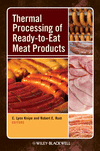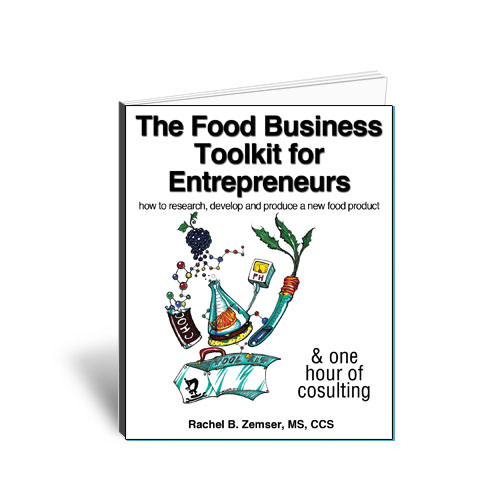Restaurant Menu Transparency for Meat, Poultry
Consumer demand for organic meat and poultry is arguably the most noteworthy trend of all

For many consumers, choosing a meat and poultry dish at a restaurant revolves around "keeping it real": they seek all-natural choices that reflect their desire to keep human intervention they perceive as negative out of the process, according to market research publisher Packaged Facts in the report Meat, Poultry and Seafood: Restaurant Trends and Opportunities.
"Perhaps more than ever before, consumers want to know about what's in their meat and poultry, how it was raised and where it came from. This need to know taps a breadth of concerns related to food healthfulness and sustainable practices," says David Sprinkle, research director, Packaged Facts.
In the report, Packaged Facts data reveal that more than 6 in 10 (60%) restaurant meat and poultry eaters say that "all natural" is important to them when selecting meat/poultry dishes at a restaurant. But at least as prevalently, these consumers weigh whether the dish has no hormones, no antibiotics, and no preservatives.
Animal welfare and sustainability also play a role in their decision: some 45% of restaurant meat and poultry eaters say that "free range" is important to them when selecting meat/poultry dishes at a restaurant, and 47% cite "sustainability." How an animal is fed—grass or vegetarian, for example—is also relevant. In this respect, consumers are likely weighing the effect of feeding choice on the quality, taste and healthfulness of the dish.
Consumer demand for organic meat and poultry is arguably the most noteworthy trend of all. Roughly 40% of meat eaters cited organic as important to them. Organic meat and poultry usage tilts toward three key influential demographic segments: Hispanic, Generation X, and higher-income households. Each group is at least 50% more likely to use organic meat and poultry than the overall American population.
Restaurant chains seeking to meet the organic needs of their guests include a motley crew of brands, ranging from Sizzler to Five Guys to Burger King. Packaged Facts suggests that these chains drawing a disproportionate share of organic meat and poultry households should have at least a couple of offerings on the menu to meet potential demand for organic, even if they compete at different price points, and even if they are not known to be trend-forward in this regard.
Meat, Poultry and Seafood: Restaurant Trends and Opportunities was released earlier this month.
To view the report abstract and table of contents visit: http://www.packagedfacts.com/Meat-Poultry-Seafood-10096197/.
"Perhaps more than ever before, consumers want to know about what's in their meat and poultry, how it was raised and where it came from. This need to know taps a breadth of concerns related to food healthfulness and sustainable practices," says David Sprinkle, research director, Packaged Facts.
In the report, Packaged Facts data reveal that more than 6 in 10 (60%) restaurant meat and poultry eaters say that "all natural" is important to them when selecting meat/poultry dishes at a restaurant. But at least as prevalently, these consumers weigh whether the dish has no hormones, no antibiotics, and no preservatives.
Animal welfare and sustainability also play a role in their decision: some 45% of restaurant meat and poultry eaters say that "free range" is important to them when selecting meat/poultry dishes at a restaurant, and 47% cite "sustainability." How an animal is fed—grass or vegetarian, for example—is also relevant. In this respect, consumers are likely weighing the effect of feeding choice on the quality, taste and healthfulness of the dish.
Consumer demand for organic meat and poultry is arguably the most noteworthy trend of all. Roughly 40% of meat eaters cited organic as important to them. Organic meat and poultry usage tilts toward three key influential demographic segments: Hispanic, Generation X, and higher-income households. Each group is at least 50% more likely to use organic meat and poultry than the overall American population.
Restaurant chains seeking to meet the organic needs of their guests include a motley crew of brands, ranging from Sizzler to Five Guys to Burger King. Packaged Facts suggests that these chains drawing a disproportionate share of organic meat and poultry households should have at least a couple of offerings on the menu to meet potential demand for organic, even if they compete at different price points, and even if they are not known to be trend-forward in this regard.
Meat, Poultry and Seafood: Restaurant Trends and Opportunities was released earlier this month.
To view the report abstract and table of contents visit: http://www.packagedfacts.com/Meat-Poultry-Seafood-10096197/.
Looking for a reprint of this article?
From high-res PDFs to custom plaques, order your copy today!







